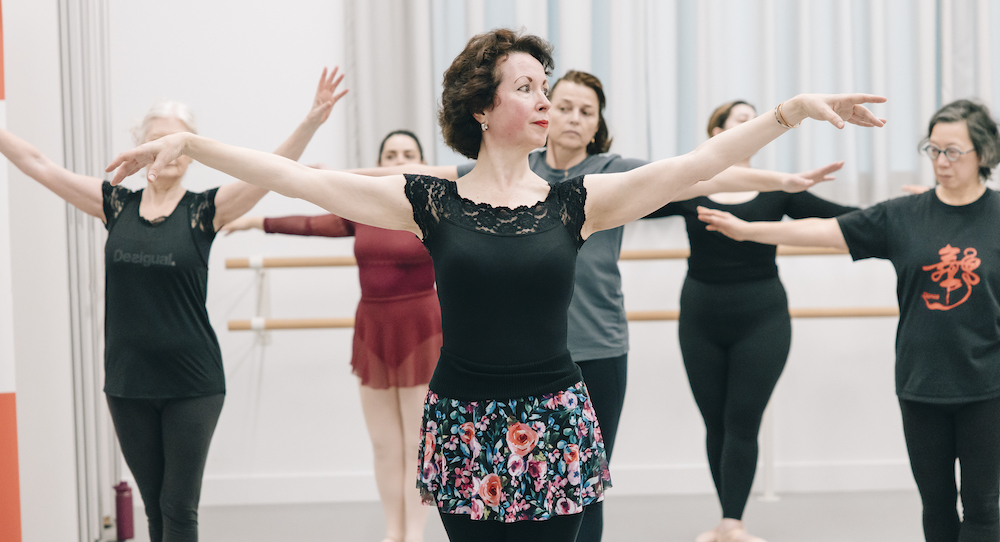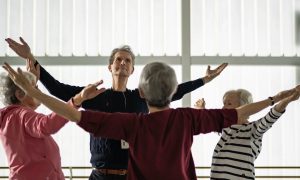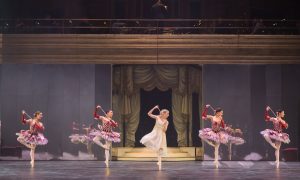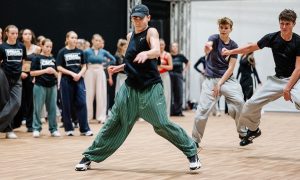Let’s Dance is a nationwide movement encouraging people of all ages, backgrounds and abilities to embrace dance not for performance, but for participation. It aims to frame dance as a tool for health, happiness, and human connection, with ambitions to embed it into the very fabric of everyday life for everyone. Read more about the campaign in our introductory piece here.
One of the key themes for Let’s Dance, and one which may reveal an untapped market for many teachers and studio owners, is to recognise the overall fitness value of dance. As founder and face of the campaign, Angela Rippon tells us, “Dance is making an investment in your well-being pension plan. It is helping to build your core, your balance, and your strength – it’s something you can do whether you’re two-and-a-half years old and you’re in a nursery school, or you’re 90!” So let’s take a moment to delve into the idea of dance for fitness.
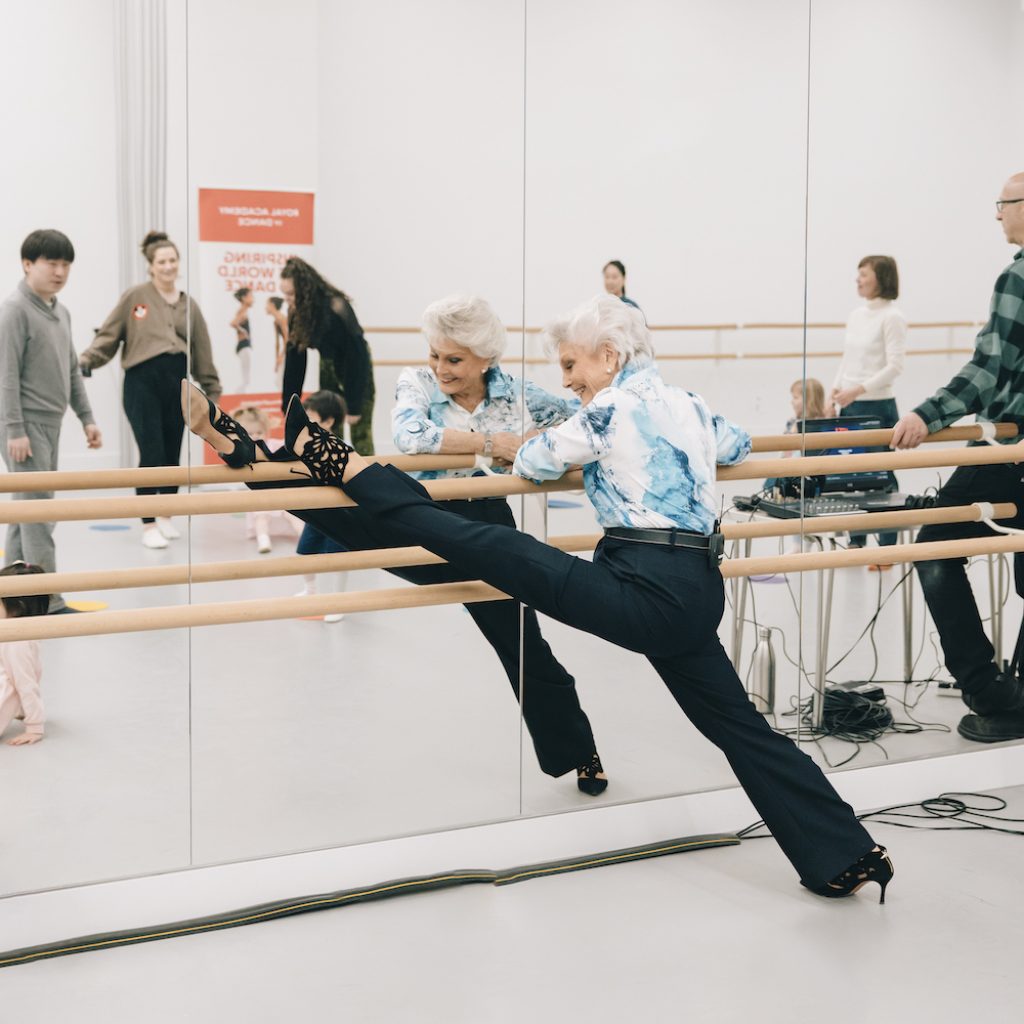
In 2023, Let’s Dance partner organisation, the UK Sport and Recreation Alliance issued a report examining the significant mental and physical benefits of dance as a form of physical activity and the unique social value of movement.
Some of the most striking headline findings from the report include:
- The annual social value of movement and dance is £3.49 billion, representing around 5% of the total social value generated by community sport and physical activity.
- Movement and dance creates £430 million in savings on physical and mental health.
- Prevents more cases of breast cancer and hip fractures than its ‘market share’.
- A host of other benefits – delayed onset of Parkinson’s disease, reduced loneliness, and improved retention in activity of young people, older people, and people living with disabilities.
We’ll cover more on the second two bullets in our next edition, but from a purely economic point of view, the numbers seem to stack up. Dance for fitness is revenue-generating and cost-saving.
“As a result of these findings, in order to maximise the social value of movement and dance, the report recommends that movement and dance are better used to relieve pressure on the NHS, by being integrated into health, care, and prevention practices, including ‘social prescribing’. It should also be a key method used to keep an ageing population active and reducing the risks of being sedentary,” says the Sports and Recreation Alliance website. It’s a call Let’s Dance is backing.
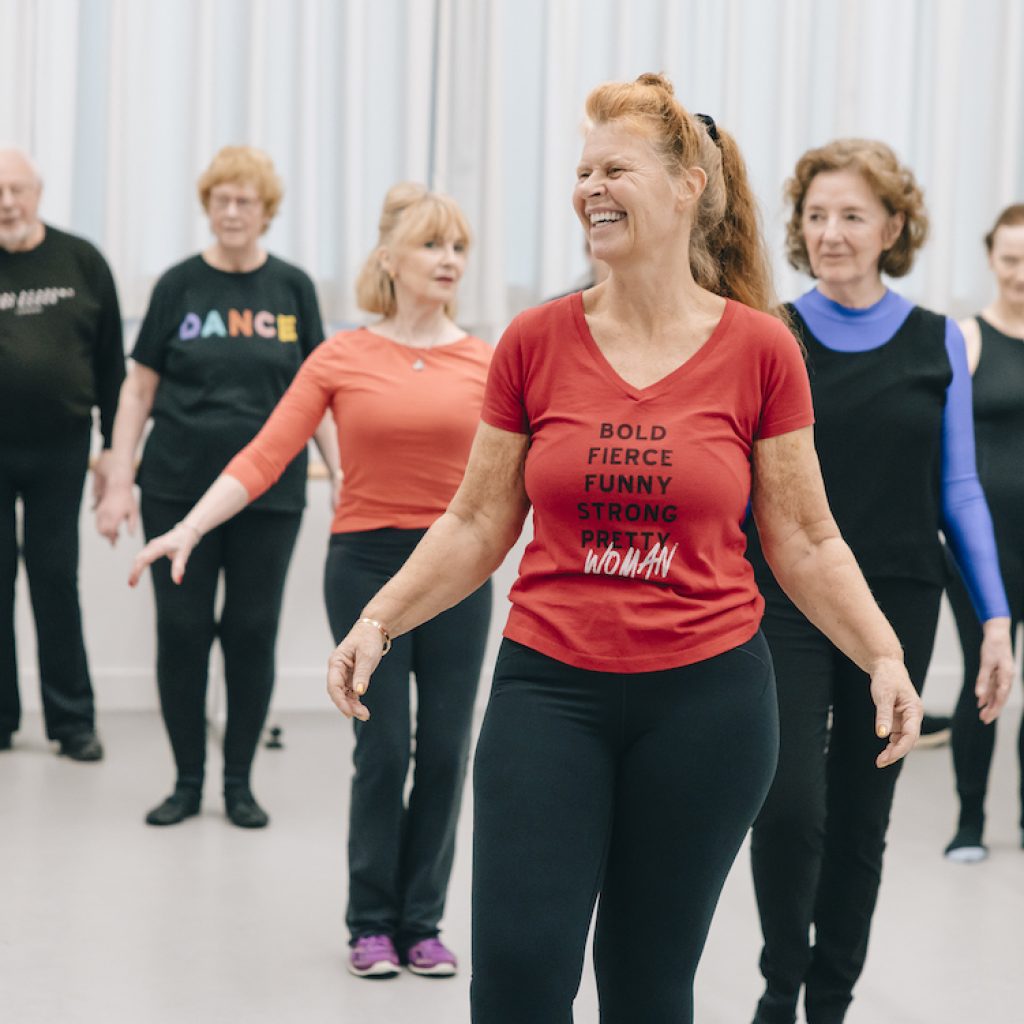
The report was published at a special Parliamentary reception with Sport and Recreation Alliance CEO Lisa Wainwright MBE saying, “By outlining the incredible social value movement and dance generates, relative to the support and attention it receives, this report demonstrates just how underused it is in this country, and the potential impact it could have in so many areas. There is no doubt that movement and dance is currently overlooked and as we can now see, that needs to change.”
Finally, it seems, the world is catching on to what we in the dance world have always known – dance is really good for you. So, where does this discussion lead, and what’s happened since for the Let’s Dance campaign?
The NHS’ Fit for the Future: 10 Year Health Plan for England includes two pillars where dance may fit well for improving the health of the nation.
The first is community-focused care and shifting services outside of hospitals – there are definitely opportunities to consider GPs prescribing dance as a solution more widely. Imagine dance as a tool to arrest the development of disease, dance as physical therapy, dance for the management of chronic conditions, dance as a social connection tool to combat isolation and mental health issues like anxiety.
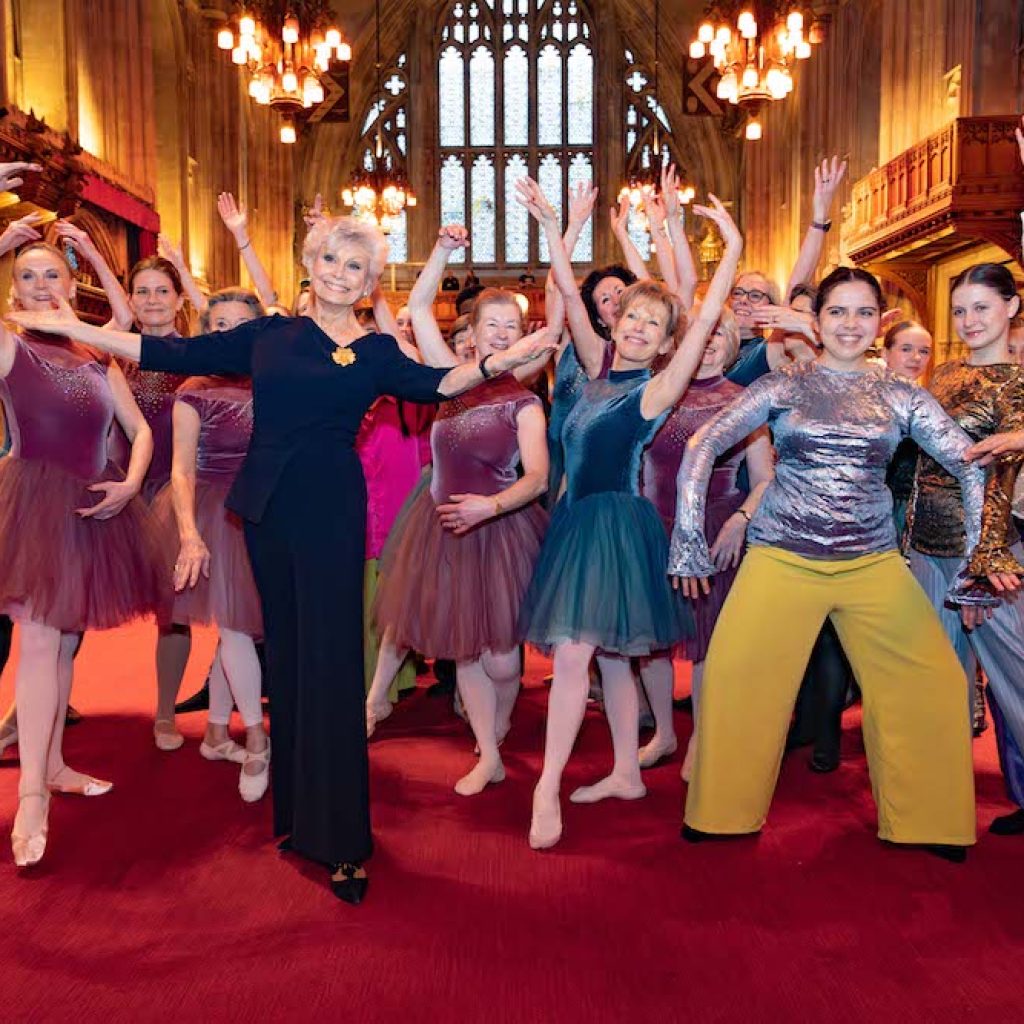
The second is Disease Prevention, which is seen as a shift from treating illness to actively preventing it, aiming to improve overall population health and well-being. Certainly, regular dance classes can help you stay fitter and stronger and can be a lifelong activity. There are a myriad of diseases that can be avoided by better overall health, which could be gained and sustained through regular aerobic exertion and muscle strengthening and stretching, all found in various styles of dance.
At the time of writing, Angela Rippon is about to host a discussion panel at the Labour Party Conference concerning the value of the arts and sport in the health and wellbeing of the nation. You can read more about that, as well as a host of other campaign activity, in her latest update here.
How can the everyday dance studios get themselves involved and really capitalise on this kind of traction? The answer is to find those gaps in your class timetable and think about who in your local community could be boosting their fitness at that time and day. What styles might they be attracted to? What does a commitment look like to them? Is it a four-week block to get them hooked? Is it one class a week or two? Does it include one style or multiple? Is it a hook to attract more boys and men into your community? We’re creative people. Let’s be creative in how we approach dance for fitness. With more and more adults attracted to dance for its social and physical benefits, we’d be crazy not to expand into this relatively untapped market. What about a parent and child class for young mothers that’s as much focused on the adult as it is about getting that little one funnelled into your pipeline? You never know, your fitness regular may become your future learner with a mind to mark their achievements through exams or performance opportunities, thus generating consistent ongoing revenue for your studio.
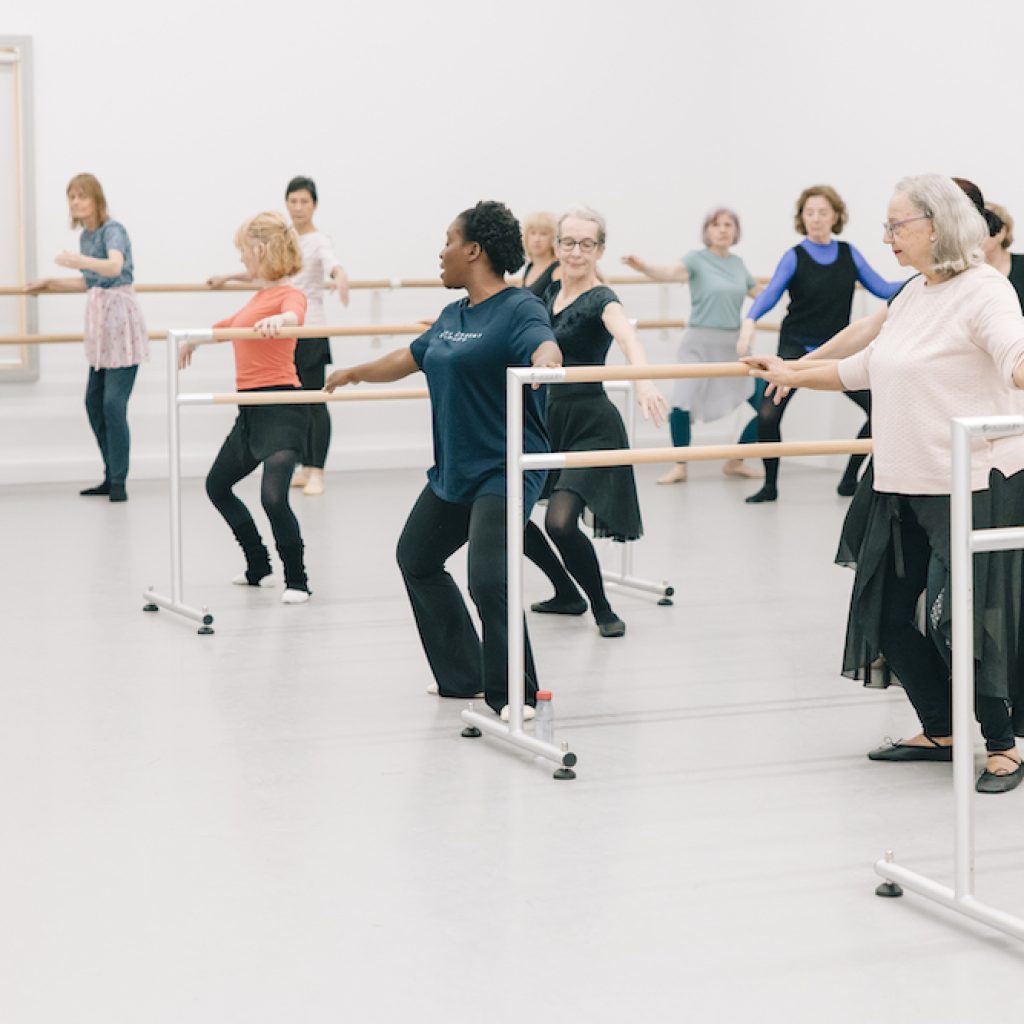
But Rippon and the Let’s Dance team are asking where else might you teach your dance for fitness class? Is it in the local hospital, retirement village, after-school program or gym perhaps? We’ve all seen a crazy busy Zumba class or heard music blaring from gym studios during an exercise class. People enjoy combining their exercise with creative not just functional movement. It makes us smile. And for those of us who are not such a fan of exercise, it’s a lifesaver – to disguise the hard work through fun with a group of like-minded friends! Perhaps your new active movers love your gym class so much, that they might be drawn to more dance and this becomes a part of your new studio recruitment strategy. It’s worth a try – and you could find yourself with regular studio enrolments and more revenue filling those holes in your timetable.
The next Let’s Dance National Day of Dance is set for Sunday 8 March, 2026. Why not get involved? Set up some taster sessions with your local gym or plan an introductory series of dance for fitness classes in your studio. Any style works. And you’ll find there’s always someone looking to improve their health and wellbeing, so be proactive in your marketing and lean into the dance for fitness angle. Shift the focus away from performance and creativity just this once, and invite people to simply move their bodies for health, joy, and connection.
Follow the Movement
Dance Informa will be continuing to track the Let’s Dance initiative with a regular column right here in the magazine. Each edition is casting a spotlight on a different facet of the campaign — from dance for fitness to dance for mental wellbeing, dance in healthcare, and more.
Stay tuned for interviews, upcoming events, and inspiring stories from communities around the UK.
Find out more or get involved at www.lets-dance.org.uk.


